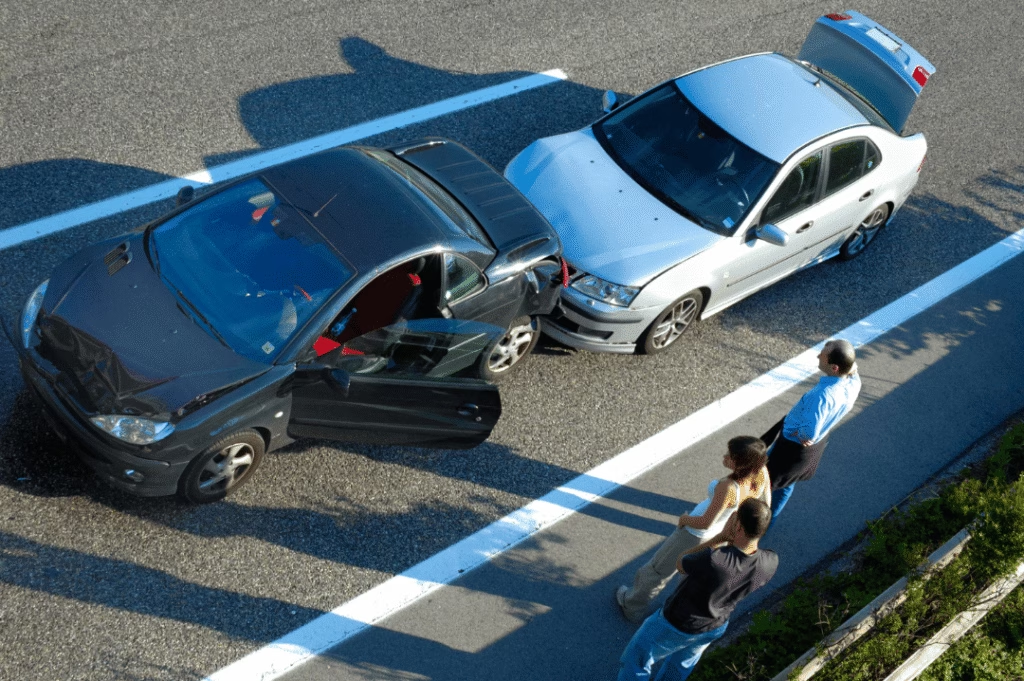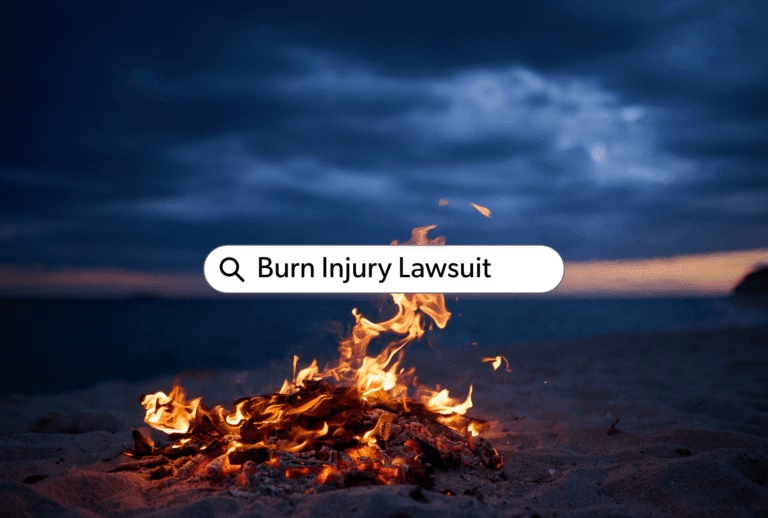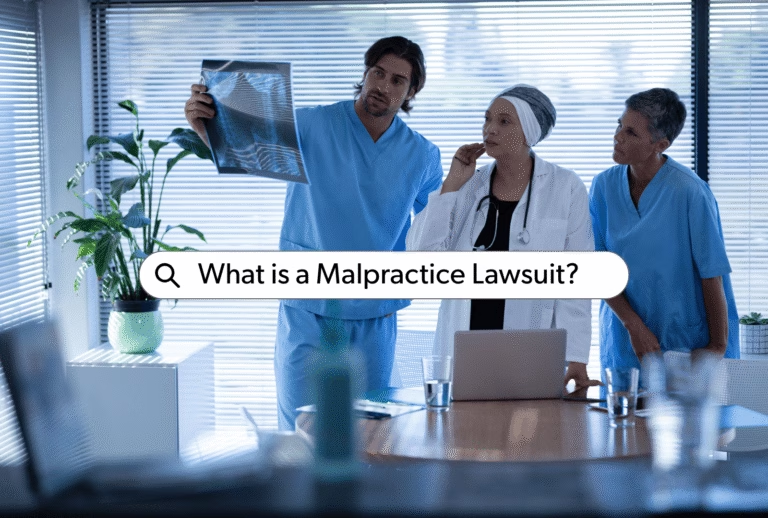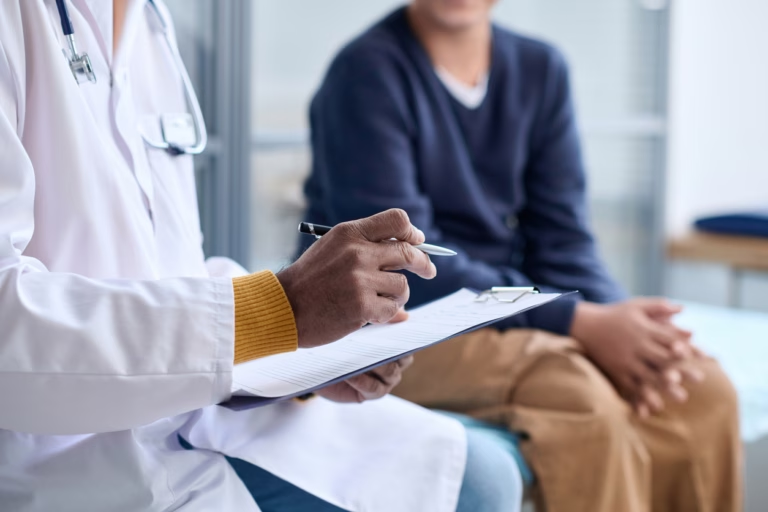Proving fault in a car accident is one of the most important steps in any claim for damages. Whether it’s about recovering repair costs, medical bills, or lost income, liability determines who pays. But in many cases, fault isn’t obvious, and insurance companies may dispute what happened. Understanding how to establish fault in a car accident can make or break the outcome of a car accident claim, especially in a fault-based state like California.
Steps to Prove You’re Not at Fault
Proving you’re not at fault can be particularly difficult when the other at-fault driver or their insurance company tries to use every trick in the book to make you responsible for the accident. There are a wide variety of ways you can prove fault, including collecting evidence, acquiring a police report, finding witnesses, or researching traffic laws. A car accident victim may be concerned about the financial responsibility of recovering from a car accident. Having a personal injury attorney in your corner can help handle insurance companies, prove fault, and secure financial compensation.
Never Admit Fault
Never admitting fault can be easier said than done. Making a comment as small as simply saying “sorry” can be construed as an admission of guilt. At the accident scene, work with the other driver and passengers to be safe, and call emergency services if necessary. Remember, there’s no need to determine liability right away. In many cases, liability can be determined by the claims adjusters, police officers, expert testimony, and local laws.
Collect Car Crash Evidence
Gathering physical evidence at the scene is one of the most effective ways to support your version of what happened. Start by taking wide and close-up photos of all vehicle damage, placement of the cars, road conditions, skid marks, and any stop signs or signals nearby. Images of the accident scene can help reconstruct the sequence of events and may highlight clues that point to fault, like a broken taillight or a car that crossed into your lane. Remember to document nearby property damage as well, to help paint a clearer picture of the auto accident.
Make sure to also document the weather, lighting, and time of day, because environmental conditions can influence driving behavior and visibility. If there are any surveillance cameras nearby such as on buildings or traffic lights, take note of them. Traffic footage can sometimes be obtained later to reinforce your claim. The clearer your evidence, the stronger your case for proving you’re not at fault.
Get Witness Statements
Anyone who saw the accident can help describe how the accident occurred. By gathering witness contact information, you will be able to get strong evidence to show the other driver’s negligence. Witnesses offer a third-party perspective that can support your version of events, especially when the drivers involved have conflicting stories.
If possible, ask witnesses to provide a written or recorded statement at the scene, while the incident is still fresh in their minds.. Witness statements can be crucial when dealing with insurance companies or in court, helping to establish key facts like who had the right of way or whether a driver was speeding or ran a red light.
Acquire the Police Report
Finding a police report can give you access to critical information that you may not have had previously. The report can be one of the most reliable pieces of evidence when trying to prove fault in a car accident. Officers typically arrive at the scene, assess the situation, speak to both drivers, and document their observations. Their report often includes details like the location of the crash, vehicle positions, visible damage, road conditions, and any citations issued.
To get a copy, contact the law enforcement agency that responded to the accident. In California, you can usually request the report online, by mail, or in person. The report may contain the officer’s opinion on who caused the accident, which can support your argument, especially when negotiating with insurance companies. Even if you disagree with parts of the report, it’s still an essential document to review and potentially challenge if needed.
Steps to Take if the Insurance Company Believes You Are at Fault
If you’ve been assigned fault, there could be many negative impacts on your insurance rates, personal finances, or even your employment, if you drive for work. If your insurance company believes you are at fault, there are a few steps you can take to dispute liability:
1. Dispute Fault Quickly
The first step is to formally respond to the insurance company’s fault decision as soon as possible. Ask for a written explanation of how they reached their conclusion, and review their assessment for any errors, such as incorrect facts, inaccurate diagrams, or misinterpreted statements. Compare the decision with the police report, any dashcam footage, or accident scene photos. A strong personal injury law firm can help you through the process of examining evidence and making an argument in favor of the other driver’s fault. The sooner you dispute a decision, the more likely it is that your case will be reopened by a more senior adjuster who can take a second look.
2. Gather and Submit New or Overlooked Evidence
To overturn the at-fault decision, you’ll need to bring something new to the table. Additional evidence might include clear photos of the scene, updated repair estimates, dashcam footage, or even surveillance video from nearby businesses. If any of the evidence wasn’t submitted originally, now is the time to present it.
Witness statements are especially useful if they were left out of the initial evaluation. Additionally, if the police report contains mistakes, you can contact the reporting officer to request a correction. While police aren’t required to amend a report, factual errors, like the wrong time, weather, or vehicle location, may be fixed.
3. Demand a Reassessment or Legal Review
Once you’ve gathered new evidence, the next step is to formally request a reassessment. In the letter, challenge the original fault assessment and include your updated evidence, along with a clear explanation of why their decision should be overturned. If the process feels overwhelming, consider talking to a car accident attorney who can help you file a claim.
If all else fails, you still have the right to take legal action against the at-fault party or your own insurer (in a bad-faith claim). In California, where comparative negligence applies, you may still recover compensation even if you are found partially at fault, as long as you can reduce your assigned percentage of liability.
Picking the Right Personal Injury Lawyer
Lawyers for Justice, P.C. is a law firm that is equipped to handle a variety of car accident cases and personal injury claims. We have a team of attorneys with over 100 years of combined experience. Car accidents can be expensive. Between medical expenses, lost wages, and property damage, even a small crash can be expensive. Without a lawyer, you could be on the hook to cover the accident costs yourself.
If you or someone you know was in a motor vehicle accident recently, call (818) JUSTICE for a free consultation.
Last Updated on September 12, 2025



